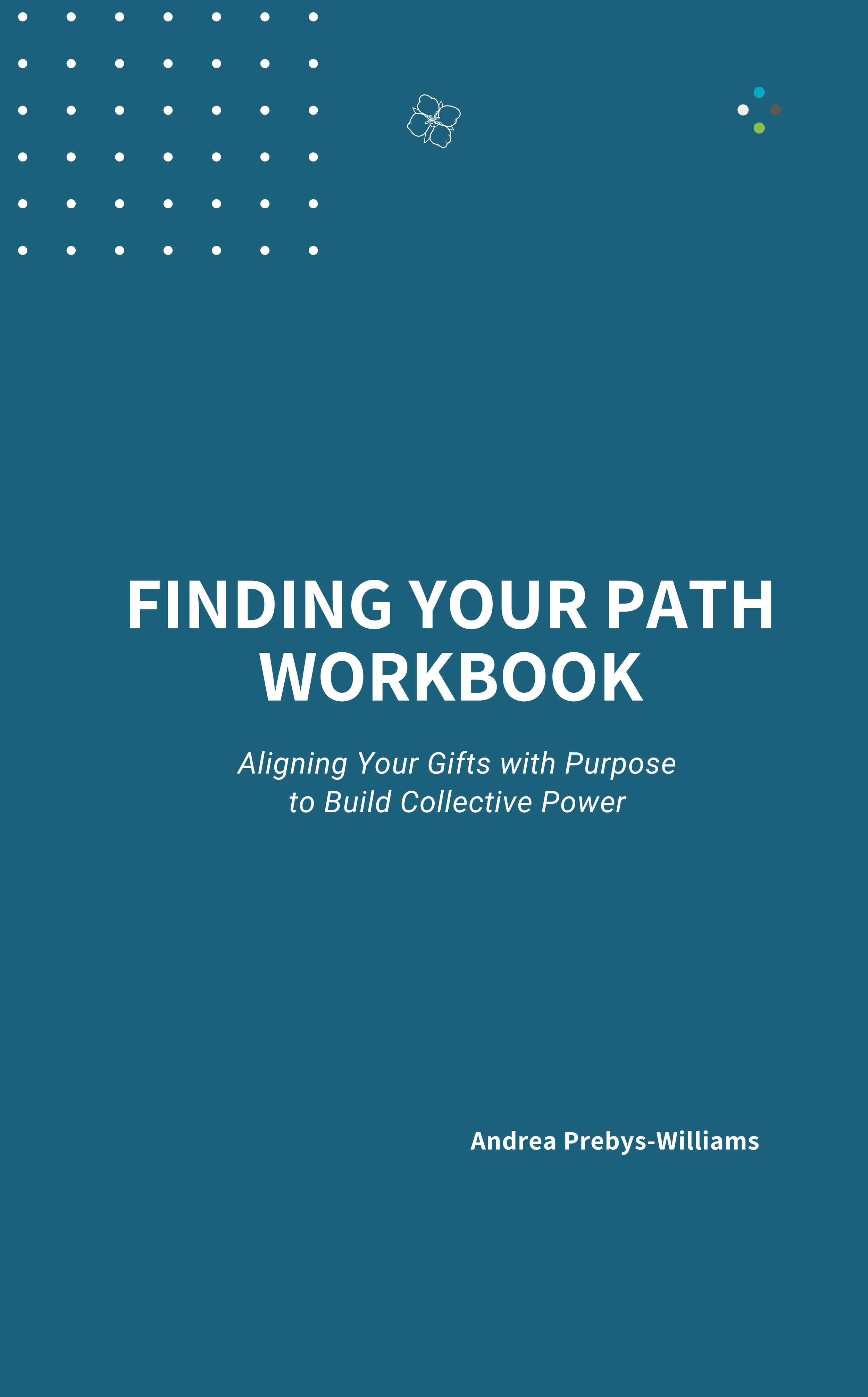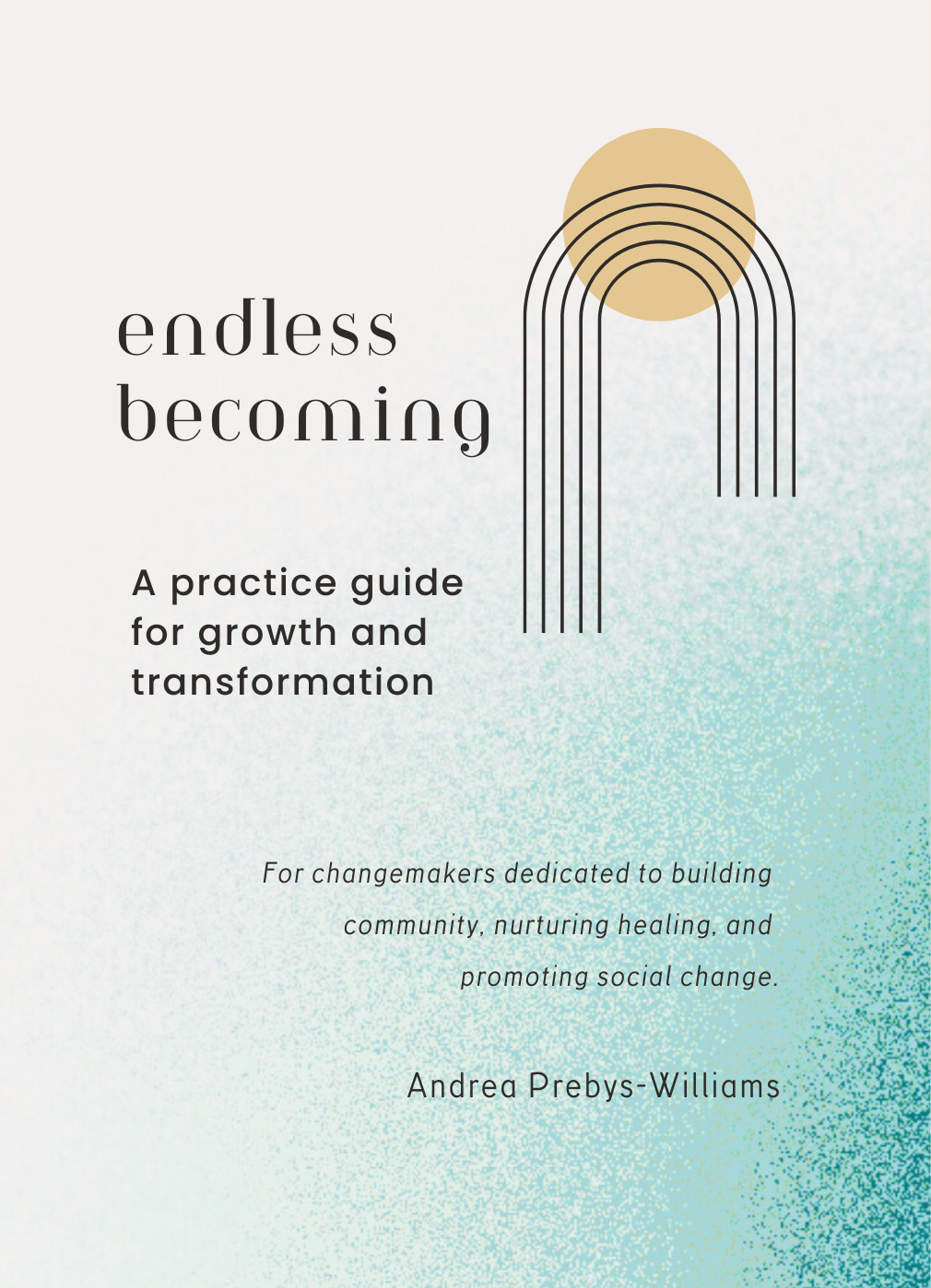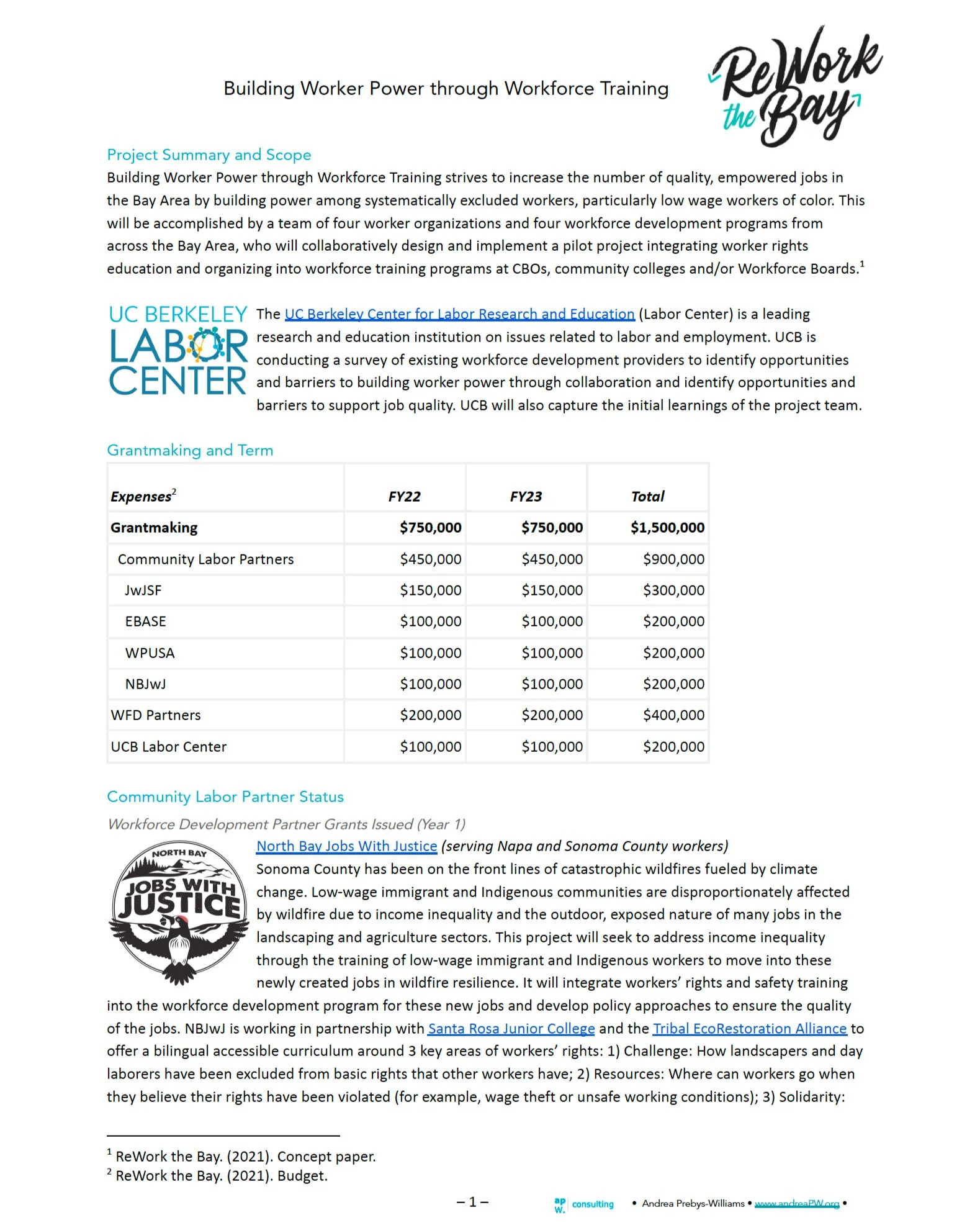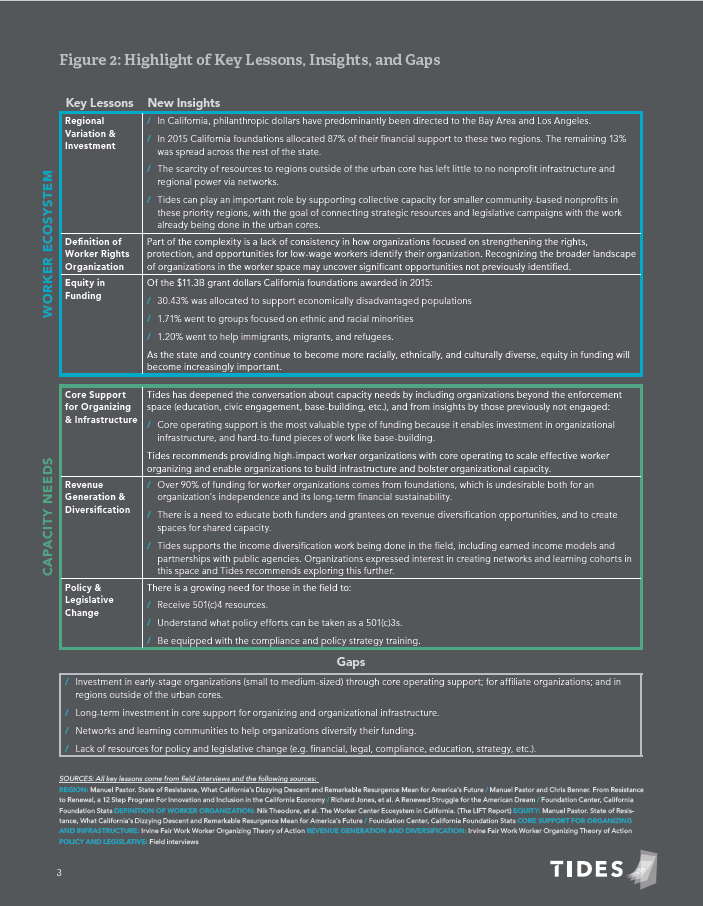A few of the stops along my path.
A newly created curriculum will showcase how deeply integral workers’ rights are to sustainability. Those with historical power have used it in devastating ways: to attack workers, harm the planet, and further white supremacy. Social movements, while shifting this power, often exist in isolation and are up against a well-financed, political and social infrastructure. By understanding this power and our inter-connections, we can unite in building a more just world.
Dual MPA and MBA student speech for Presidio Graduate School for 2019 graduation. Simple lessons from my life that became clearer during my time at PGS. Lesson 1: This work is messy and full of contradictions. Lesson 2: Power is best when it is shared. Lesson 3: Don’t cross a picket line.
Benefit for The Lawrence Hall of Science, University of California, Berkeley Champagne Supernova Ignite presentation (5 minutes, 20 slides, 15 seconds)
Children are natural scientists, asking up to 40,000 questions between ages two and five. Yet, somewhere along the way, that relentless “why” begins to fade. By reviving childlike curiosity, we can move through disagreement with integrity and transform conflict from a source of division into an opportunity for growth and connection.
Finding Your Path is a transformative training designed for individuals working toward justice who want to lead with greater clarity, intention, and care. Whether you're navigating a career shift, deepening your community commitments, or seeking grounding in turbulent times, this workshop will guide you in clarifying your role within the broader social change ecosystem. The training is a mix of personal reflection, embodied practice, and shared learning.
The Navigating Conflict training builds the skills and self-awareness needed to engage conflict with clarity, resilience, and intention. Through self-reflection, emotional regulation techniques, and practical frameworks for feedback and brave conversations, participants will learn to navigate difficult dynamics, encourage principled disagreement, and find productive pathways forward in challenging situations.
The Organizational Charter and Team Agreement training guides teams through a collaborative process to co-create shared agreements that foster openness, accountability, and collective care. Through interactive dialogue, cultural assessment, and goal-setting, teams will strengthen connections, identify key cultural anchors, and establish a foundation for actionable, mission-aligned commitments.
Two day training focused on conflict and de-escalation intended for helping professionals and those in the social change space, such as: front-line workers, managers, educators, community organizers, security personnel. This session will focus on developing individual capacity to navigate conflict through a blend of scenario practice, journaling, reflection, partner role-plays, and small group discussions.
The Giving and Receiving Feedback training equips participants with the skills to communicate feedback effectively, fostering a culture of learning, trust, and accountability. Through practical strategies for clear communication, emotional regulation, and navigating difficult conversations, participants will gain confidence in offering and receiving feedback in ways that strengthen relationships and drive meaningful growth.
This workbook is grounded in the idea that individuals play a crucial role in shaping the future of their local communities through active participation. This workbook guides you through a process of building critical consciousness, while suggesting activities to get involved with in your community.
This journal is a guiding tool for those moving through the complexities of making commitments, navigating contradictions, and walking a path of personal growth and social change. It offers a structured platform for introspection and dialogue, fostering self-awareness, and clarity of purpose. While the primary focus is personal, this journal is firmly grounded in a broader commitment to systems change.

Finding Your Path is a transformative workshop and reflection guide for individuals committed to justice who are seeking to lead with greater clarity, intention, and care. In a time of deep uncertainty, constant change, and collective overwhelm, this space invites you to slow down, reconnect with your values, and make meaning amidst the chaos.
Building Worker Power through Workforce Training strives to increase the number of quality, empowered jobs by building power among systematically excluded workers, particularly low wage workers of color. Project is funded and supported by ReWork the Bay. Partnering with four worker organizations (North Bay Jobs with Justice, EBASE, Jobs with Justice, SF, Working Partnerships USA) and four workforce development programs, who collaboratively design and implement a pilot project integrating worker rights education and organizing into workforce training programs.
Conducted research for Chinese Progressive Association to support the development of their workforce development pilot program. I interviewed 24 leaders and experts in the broader workforce development space to identify potential opportunities for partnership and determine best practices to consider for the program design. Conducted brief industry research on four industries their survey participants would like to work in: homecare, childcare, hotel, and janitorial/custodial. Also included recommendations on future research needs.
Landscape analysis to understand the breadth of existing research on low-wage work, and the overall make-up of the ecosystem. Sixty people were interviewed with representatives from worker centers, community organizations, policymakers, unions, government officials, researchers and academics. Key findings are included in the report.
While California has been leading the way on many fronts benefiting low-wage workers, the benefits have not been evenly distributed. The Central Valley, in particular, ranks last or near-last among California’s twelve regions in education, employment, household income, immigrant naturalization, and a number of other key indicators. Yet, the Central Valley only received 1.15% total giving. That means regionally, those with the greatest problems are getting the least support.
Curriculum design for workshop on peer mentorship as a strategy for building worker voice and worker power, using California Transit Works! as a case study. Designed for High Roads training participants and UC Berkeley Labor Center. Partnered with Deborah Moy of California Transit Works! and Jamaine Gibson of Amalgamated Transit Union International.
A newly created curriculum will showcase how deeply integral workers’ rights are to sustainability. Those with historical power have used it in devastating ways: to attack workers, harm the planet, and further white supremacy. Social movements, while shifting this power, often exist in isolation and are up against a well-financed, political and social infrastructure. By understanding this power and our inter-connections, we can unite in building a more just world.
Building worker power through workforce development project strategy designed and created for Jobs with Justice San Francisco. Goals: Assess the current workforce development landscape in San Francisco to identify opportunities for collaboration between workforce development providers and JwJ SF. Partner with Office of Economic and Workforce Development to recruit low-wage workers and unemployed candidates of color in San Francisco for workforce development services. Incorporate a workers’ rights training specifically for newly recruited candidates that are traditionally left out of the WFD space.
Curriculum design for workshop on worker power and the various dimensions of power, including formal, hidden and invisible power. Explored strategy guiding questions and ways to build power in the various dimensions. Designed for High Roads training participants and UC Berkeley Labor Center.















